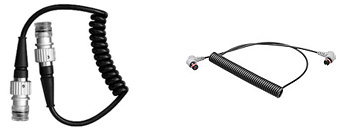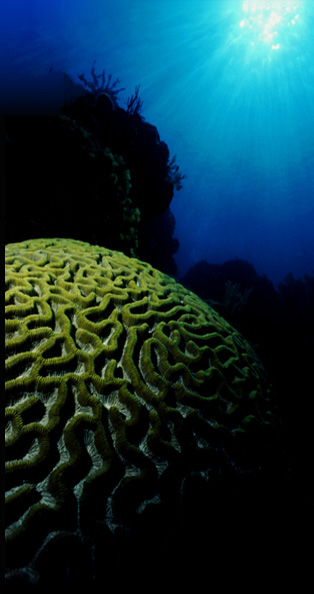|
Underwater Strobes:
Part 4. Digital TTL (continued)
Titan housings have refined this to an art by placing the variable
power setting directly on the housing, allowing the photographer
to vary the output without having to let go of the handle.
It's a very clever design innovation, freeing the diver from the
need to constantly let go with one hand in order to adjust the
control knob on the strobe.
Part 5. The New Digital TTL:
Though I stated that true
TTL flash photography is rare, manufactures offer an alternative
that is almost as good. Instead of relying on conventional
sync cords which attach to the external strobe, they rely on the
camera's internal flash to transmit exposure information via a
fiber-optic cable.
 |
| |
|
|
|
Conventional sync cord |
|
Fiber-optic cable |
It works like this: The internal
flash is raised and blocked by a covering that has a tiny hole in
it. When the flash fires, light travels through the hole
into a cable that is attached to the external flash. |
















